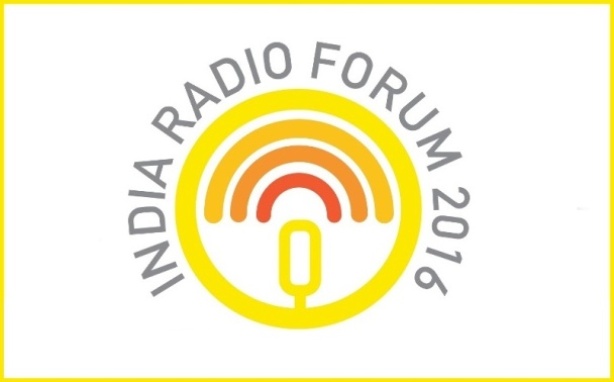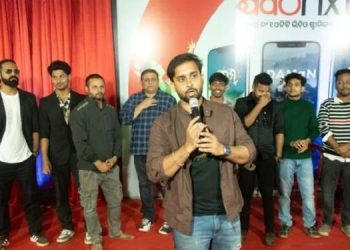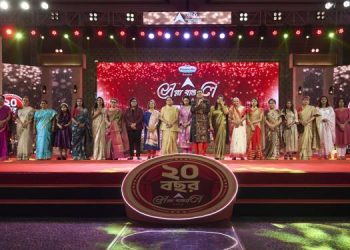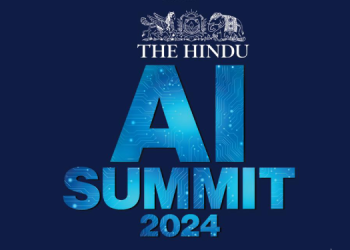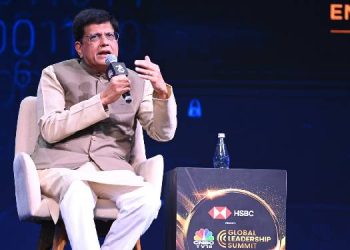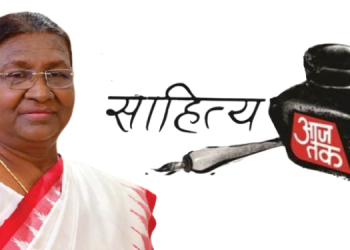The annual India Radio Forum conference was held on Friday in Mumbai and featured sessions by some of the leading media practitioners.
They shared insights about developments in the radio industry and their relevance for audience and advertisers. The following are some of the important topics discussed in the event:
Measuring ROI for Radio
As advertisers and agencies are more challenged to achieving their ROI and sales goals due to the increasingly diversified media landscape and extraneous market challenges, these issues are creating a shift in planning strategies.
Gaurav Mehta, Chief Marketing Officer of OLX South Asia, focused on using analytics to understand the contribution of Radio spend to business in a session titled ‘Measuring ROI For Radio’.
Describing sales growth as the biggest challenge faced by advertisers, he quoted marketing as a “curiosity that has to be answered by data analysis and instinct”.
Mehta disclosed that their company’s strategy for advertising on radio was to go regional; backed with thorough research and user study.
To illustrate the pint, he gave an example of getting higher ROI from markets including a few non-metro cities while it was lesser from metros like Mumbai and Bangalore, where they expected it to be higher.
What’s in the DNA of a great radio commercial..?
Few marketers have been able to use effective as well as creative radio advertising to make brand stories come alive for a listener.
So what is in the DNA of a great Radio commercial..?
A panel discussion at the India Radio Forum conference set out to answer this as they discussed branded content and shared their success stories on radio.
Moderated by Ashwin Padmanabhan, COO, Reliance Broadcast Network, the session titled ‘Telling Brand Stories Through Effective and Creative Radio’ discussed what goes into the making of an exciting radio commercial.
On the panel were Manohar Nayak of Lingo India, Manish Bhatt of Scarecrow communications and Sunil Kumaran of Story Lab.
The panelists agreed that people tune off a channel because of the number of ads broadcasted.
In Padmanabhan’s opinion, some ads by Tide and OLX were among the ones that stood out because of their music, relevance and quirkiness.
Kumaran felt that in a country like India, using emotions works best for creating an exciting radio commercial.
Bhatt said: “Memorability of an ad is very important.”
How can radio kill the Video star..?
Hari Krishnan, Managing Director, Zenith Optimedia, was speaking at a session titled ‘How can radio kill the video star?’ at the annual India Radio Forum conference and he was of the opinion that there is huge potential for brands in radio.
Acknowledging that double digit growth was good news for the radio industry in 2016, he said that brands seem to use radio for geo-targeting audiences.
But there was a need for the medium to move faster than TV and digital and increase the use of radio for brand promotion.
He also looked at the limitations of TV and online advertising and how radio can use those to come up with innovative solutions for advertisers.
According to him, with so many start-ups coming up, radio has a greater scope of becoming an indispensible part of their media plans.
With 76 new TV channels being launched last year, the audience is bound to get more fragmented, which could work to radio’s advantage.
With so many screens at one’s disposal, from smart phones to computers and television sets, watching something may be more of a distraction than actually watching it.
A 90-seconder on YouTube is not what customer looks for; all he can see is SKIP button. Adverts attached to online videos are like hoardings on highway, you just speed past it.
Radio should focus on these loopholes offered by other mediums to enhance brand engagement and make radio an indispensable part of a media plan.

